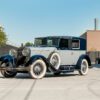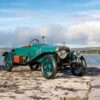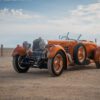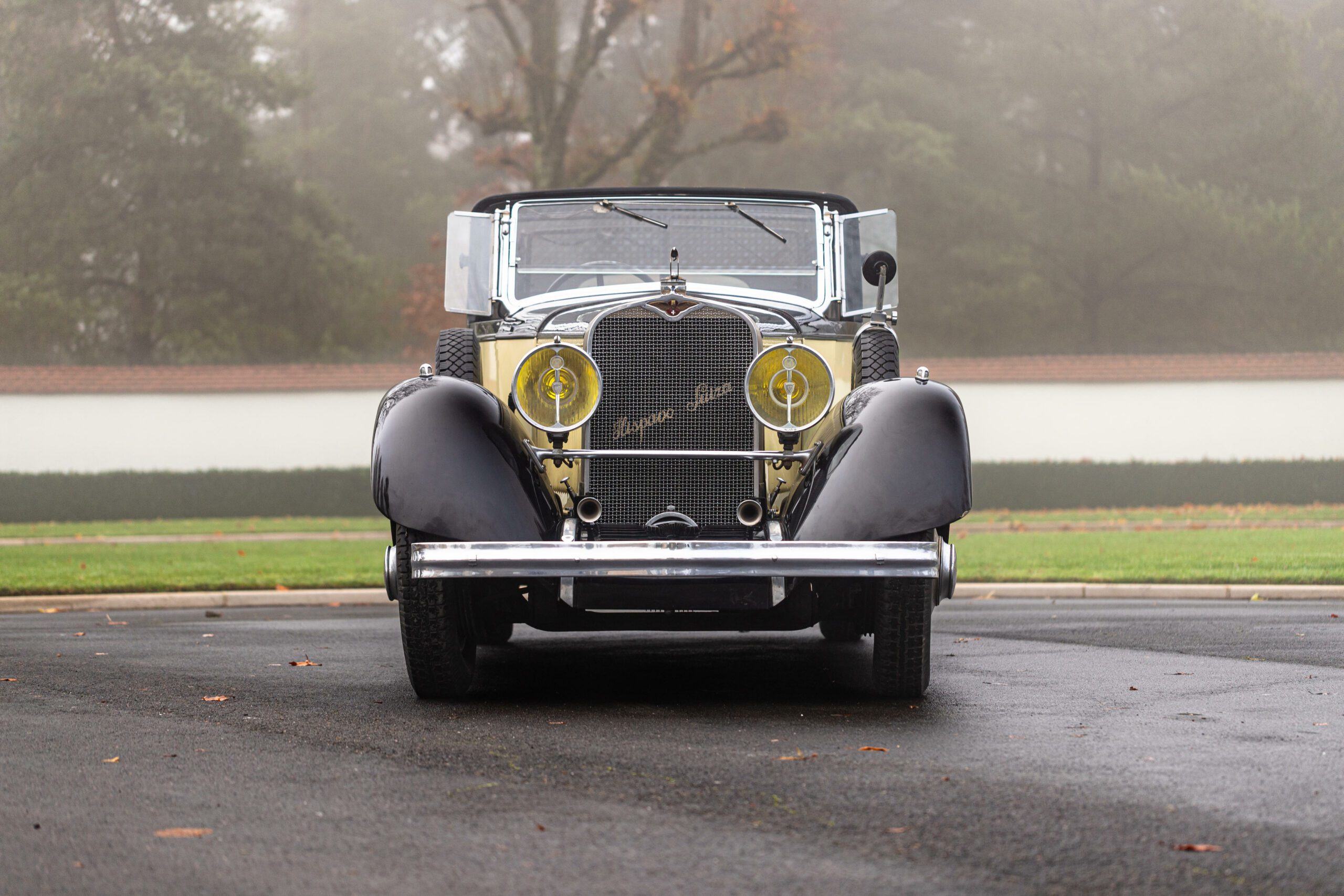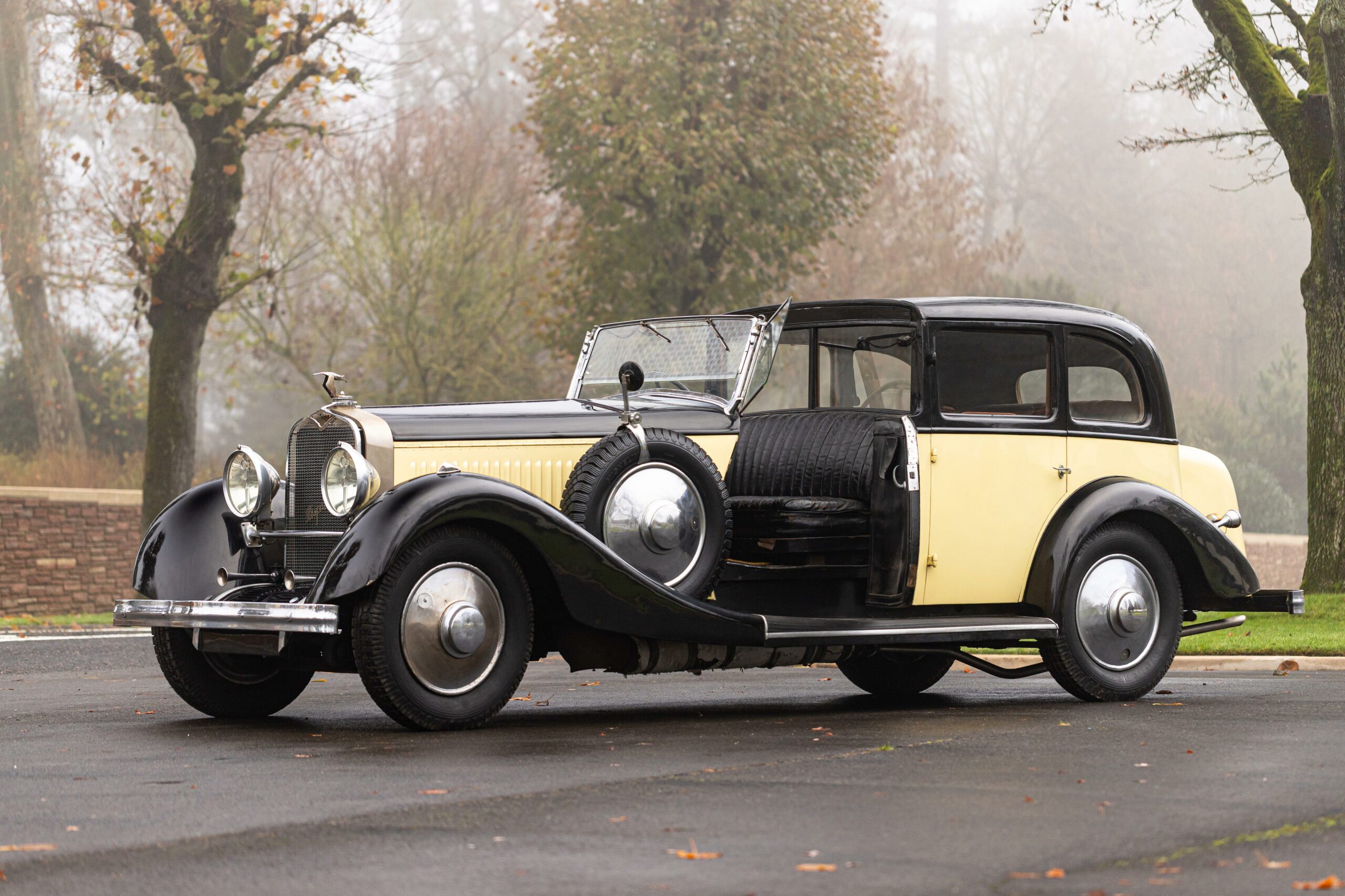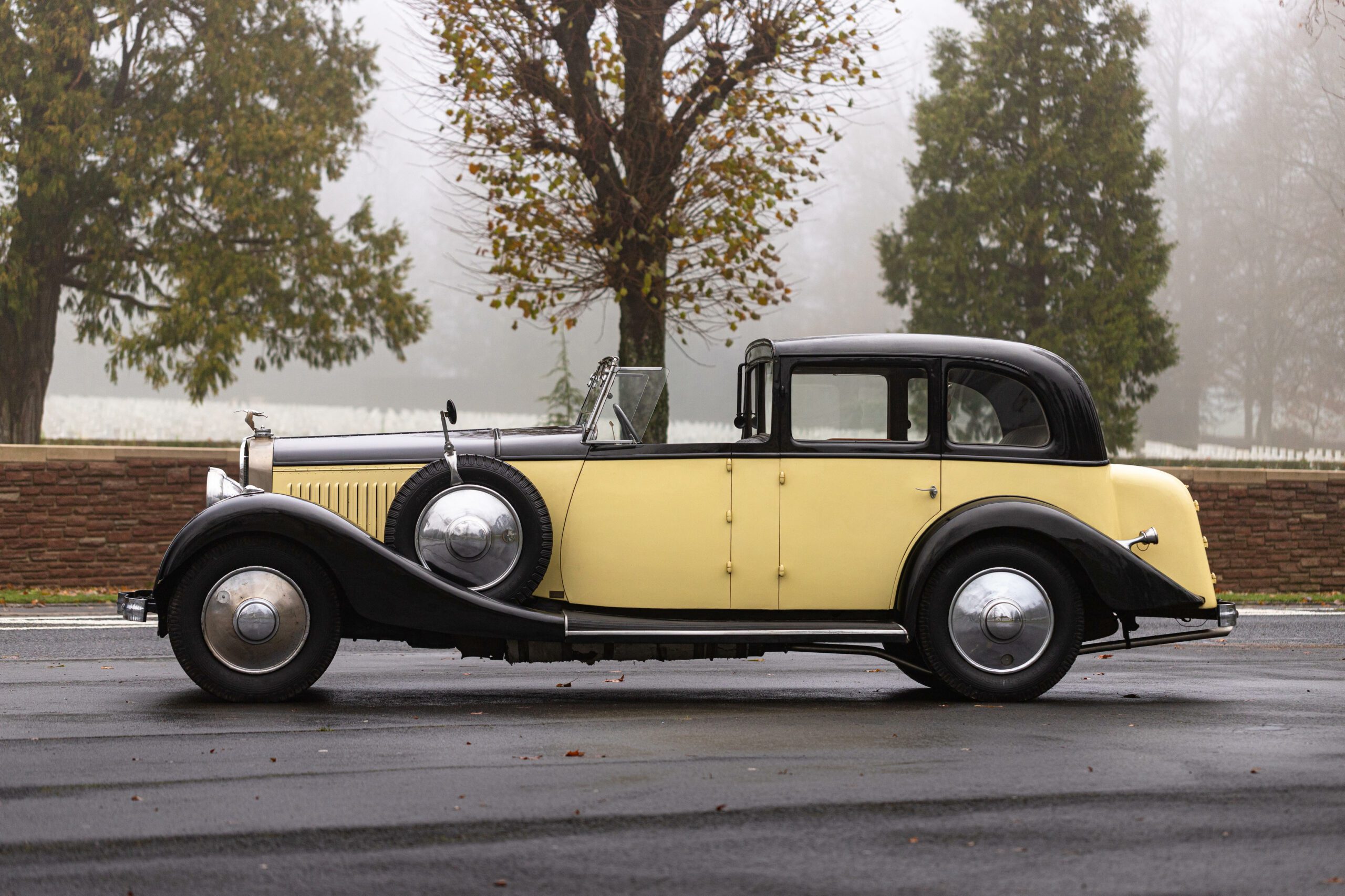The Hispano-Suiza, a preferred choice among European royalty, Indian Maharajas, Hollywood stars, and industrial magnates, achieved legendary status with its magnificent design, attracting emulation from top car manufacturers.
Originating from Spain, it was the French-built Hispano-Suiza models that elevated the marque to a pinnacle of prestige and luxury post-World War I. Renowned for providing engines to prestigious fighter planes during the war, the marque adopted the stork emblem of French ace Georges Guynemer’s Escadrille des cigognes, symbolizing its aviation prowess.
Post-war, the first Hispanos drew extensively from this aviation experience, featuring a 6,597cc six-cylinder overhead camshaft engine designed by Marc Birkigt. This powerful engine, derived from half of an aviation V12, showcased innovative elements like a seven-bearing crankshaft, pressure-fed lubrication, and an integrated three-speed gearbox.
With a peak power of 133bhp at 2,400 RPM, the H6 exhibited a nearly flat torque curve, enabling swift acceleration from walking pace to 85mph in top gear. King Alfonso XIII received one of the prototypes in 1918 before proper production commenced at the Bois-Colombe factory near Paris.
Debuting at the 1919 Paris Motor Show, the H6 featured a rigid chassis with four-wheel braking, the latter’s excellence leading Rolls-Royce to acquire its rights for production. Combining performance, comfort, safety, and reliability, the H6 rivaled luxury marques like Rolls-Royce, Bentley, Bugatti, and Isotta-Fraschini. Accommodating formal coachwork and appealing to sportier preferences, the H6 garnered acclaim, with victories like André Dubonnet’s Coupe Boillot in Boulogne in 1921.
Recognized for its top-notch finish and glamorous allure, the H6, the epitome of sophistication, remained in production until 1936, with 2,158 chassis of various types crafted during its illustrious tenure.
Source: Bonhams


